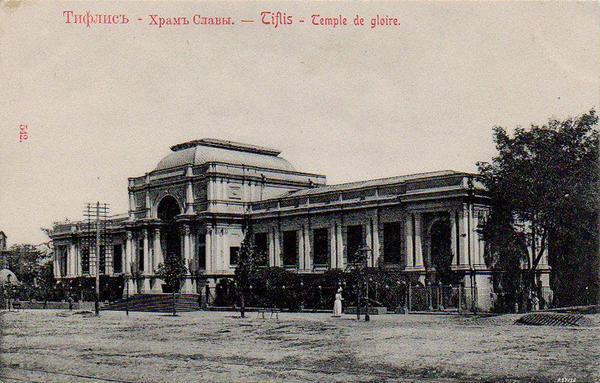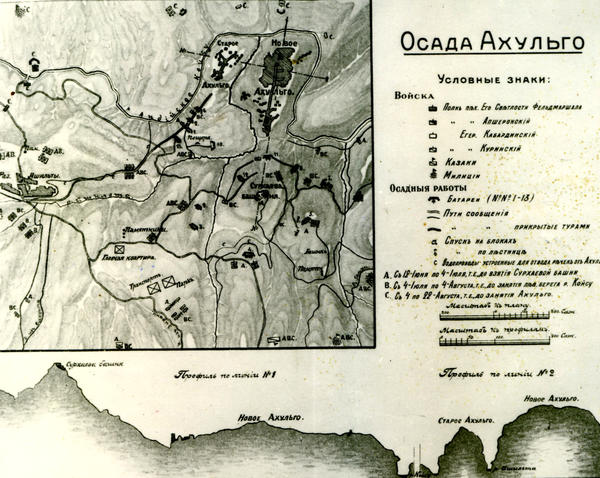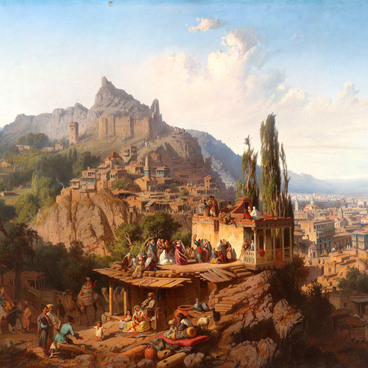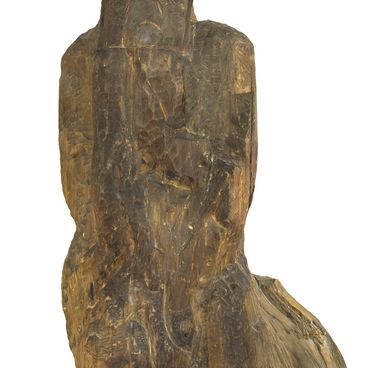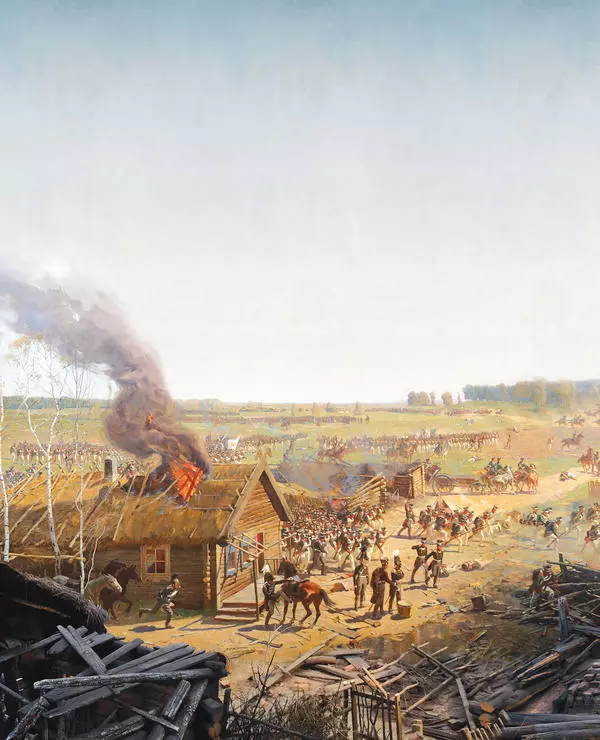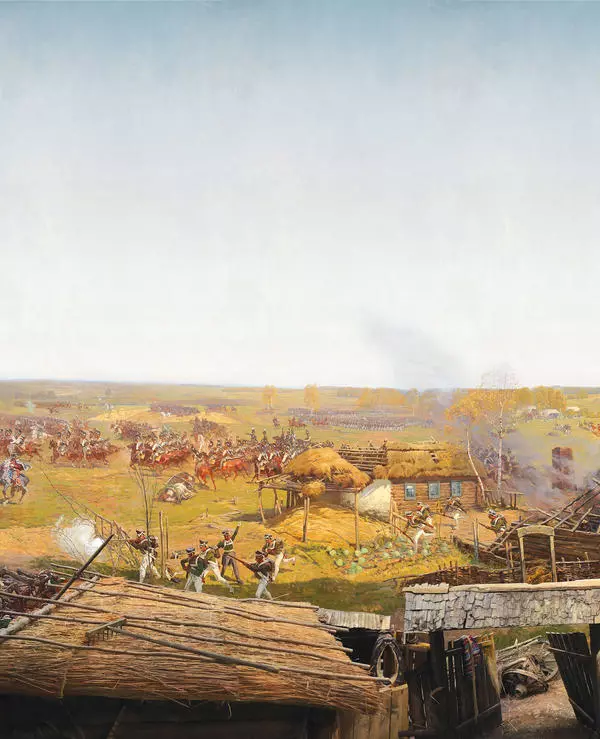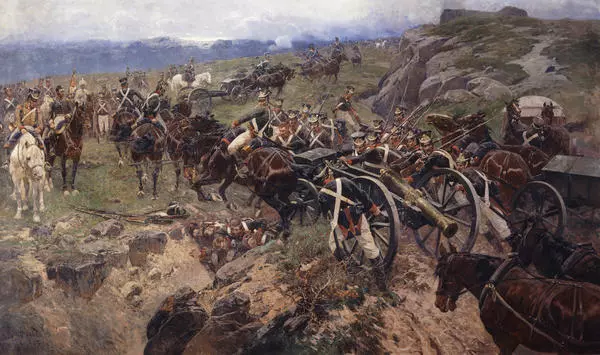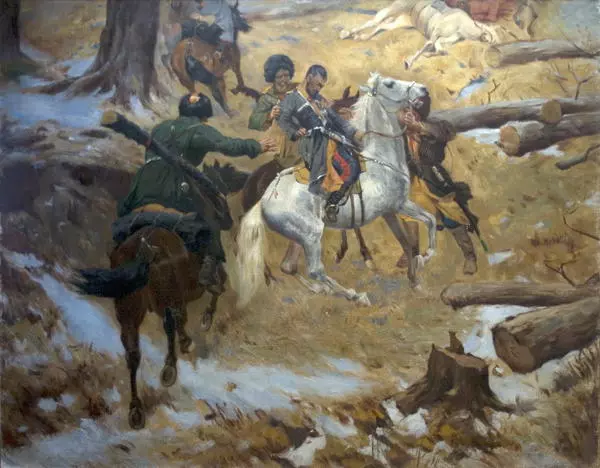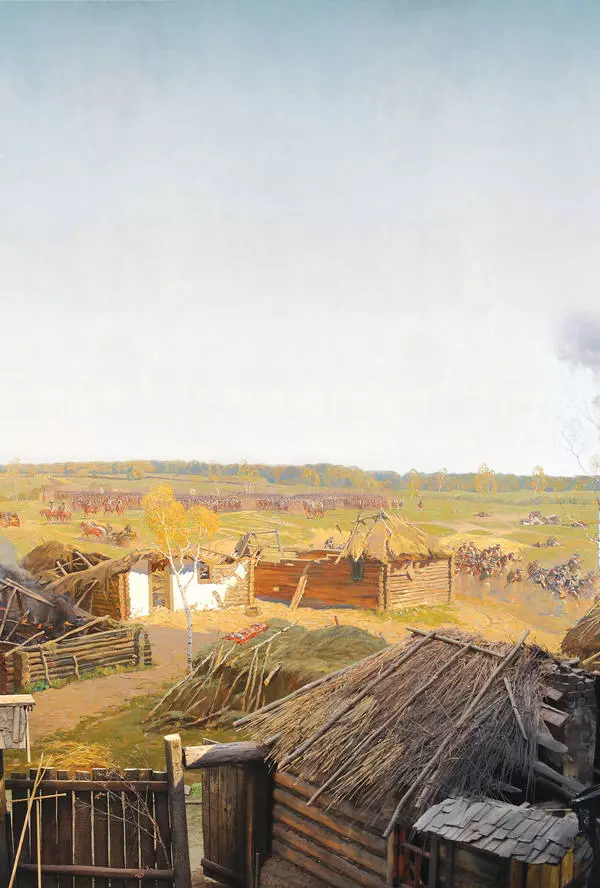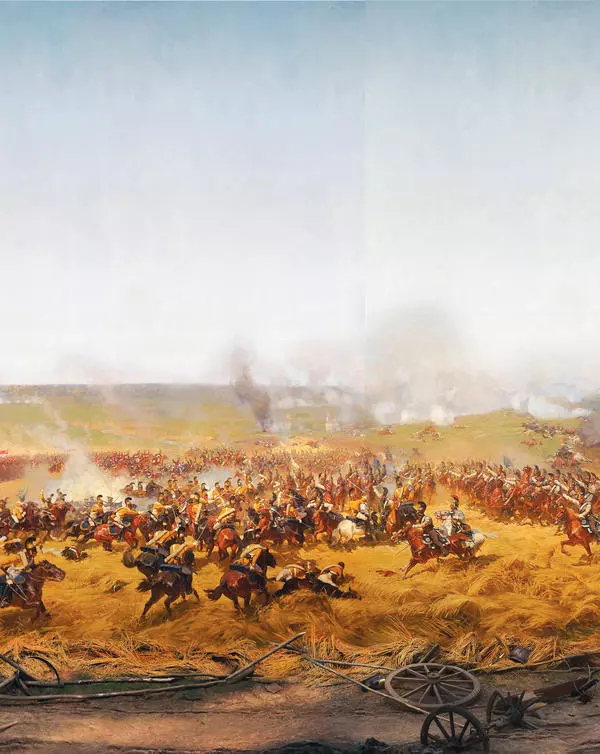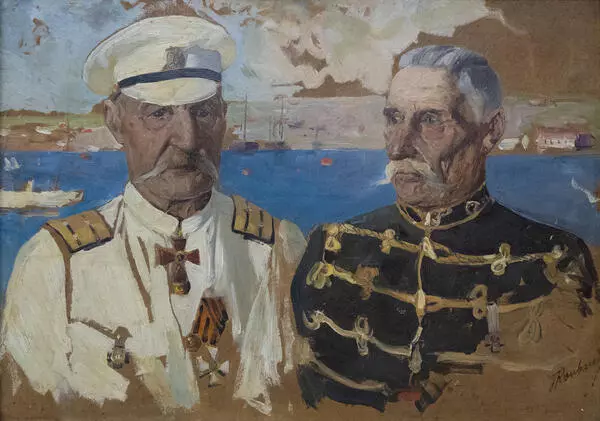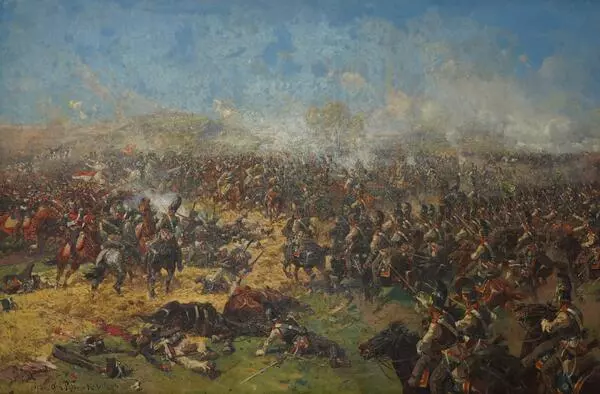Franz Roubaud (1856-1928) was the son of a French bookseller who built his life in Russia. He went down in history as a classic battle painter and creator of one of the most majestic panoramas in the world — ‘The Battle of Borodino’. In his lifetime, the artist created more than two hundred monumental paintings.
‘The Capture of Achulgo on the 22nd of August, 1839’ is the centerpiece of his so-called ‘Caucasian cycle’. It was part of the well-known panoramas painted by Roubaud — ‘Assault of the Akhulgo aul"(village).
‘The Capture of Achulgo on the 22nd of August, 1839’ is the centerpiece of his so-called ‘Caucasian cycle’. It was part of the well-known panoramas painted by Roubaud — ‘Assault of the Akhulgo aul"(village).


